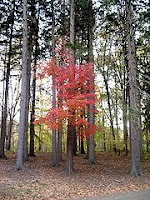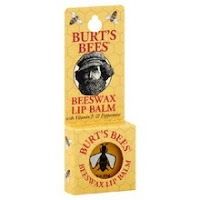And there's a Sweet Potato Pie bluegrass band.

Best known for their harmonies and original music , they deliver the best bluegrass, country and gospel show around.
http://www.sweet-potato-pie.com/





Heirloom Southern Apple Orchard "Show and Tell"
The Chatham County Center of North Carolina Cooperative Extension has organized a "show and tell" at Lee Calhoun's Heirloom Southern Apple Orchard.
Lee Calhoun is a nationally known expert on heirloom southern apples. He is the author of the very popular but sold-out book, Old Southern Apples, which gives the history of over 1,600 distinct southern apple varieties. For over 30 years, Lee has traveled around the south looking for long-lost apple varieties. Each one comes with its unique history and many are gorgeous to look at and have fascinating names (not to mention quite tasty!). Some were consumed fresh, while others were grown for cider or vinegar or for stewing.
Lee used to operate a nursery that sold grafted heirloom southern apple trees but has since retired. He mentored other nursery growers in the southeast who now offer the trees. Lee helped establish the Southern Heritage Apple Orchard at Horne Creek Living Historical Farm in Pinnacle, NC and still helps maintain those trees and dedicates himself to educating others.
It was a wonderful tour full of great information and Lee is a gifted speaker. It was interesting to see the trees and how he grows and takes care of his apple trees. Hundreds of trees - drawf, semi-drawf, plus figs, peach, grapes, and raised bed for vegetables. Some beautiful Japanese maples, bamboo, zinnas - just a wide variety of everything.
He answered all our questions - some more than once and was so informative - a very gracious host. His book is out of print but I found this one online for $500.00!





